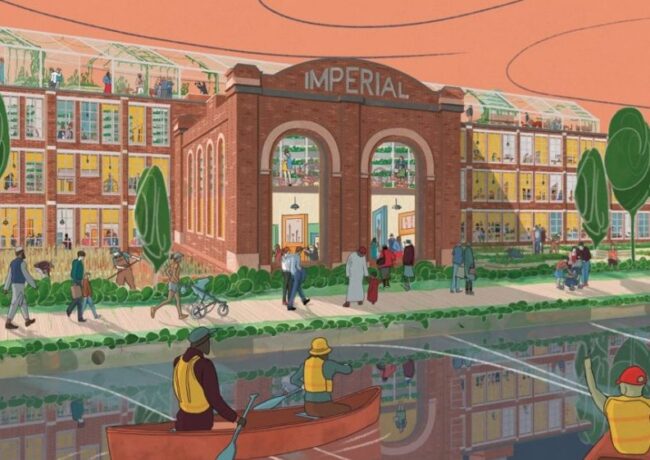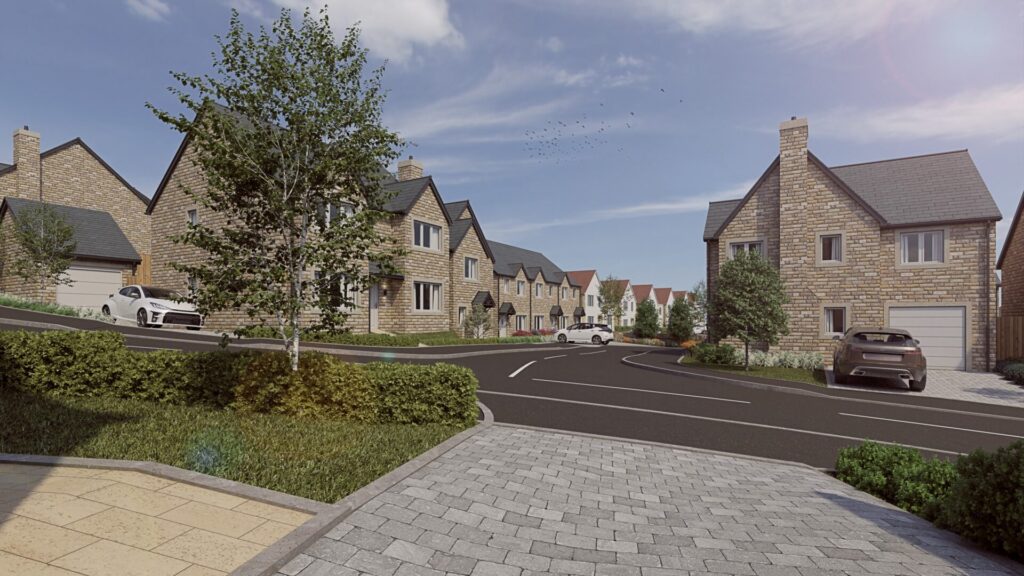Fylde shale gas search ‘probable’ cause of earth tremors
A report commissioned by energy firm Cuadrilla Resources has been released revealing information in relation to "unusual seismic activity" near Poulton-le-Fylde in April and May.
Cuadrilla has spent the past year exploring the potential for commercial shale gas extraction in the Lancashire area by drilling three test wells.
The company is extracting gas using a technique known as fracking, which involves hydraulic fracturing of the ground using high-pressure liquid containing chemicals to release the gas. The gas is found in shale formed from deposits of mud, silt, clay and organic matter.
In September, Cuadrilla said it had found 200 trillion cubic feet of gas under the ground on the Fylde Coast between Blackpool and Preston.
The study, titled The Geo-mechanical Study of Bowland Shale Seismicity, which can be read in full here, confirms that there is little risk of future seismic events reoccurring in the Bowland Basin but proposes a series of mitigation measures in case of any future seismic activity, also known as earthquakes.
Cuadrilla said the report fulfils a commitment made by the firm to be fully open with the community about all findings and is the most comprehensive scientific study ever undertaken on the geology of the Bowland Basin.
Cuadrilla intends to seek a peer review of the report and commits to publishing that review.
The report concludes:
- It is highly probable that the hydraulic fracturing of Cuadrilla's Preese Hall-1 well did trigger a number of minor seismic events.
- None of the events recorded, including one in April of 2.3 and one in May of 1.5 on the Richter scale, had any structural impact on the surface above.
- The seismic events were due to an unusual combination of geology at the well site coupled with the pressure exerted by water injection as part of operations.
- This combination of geological factors was extremely rare and would be unlikely to occur together again at future well sites.
- If these factors were to combine again in the future local geology limits seismic events to around magnitude 3 on the Richter scale as a "worst-case scenario".
- Cuadrilla's water injection operations take place very far below the earth's surface which significantly reduces the likelihood of a seismic event of less than 3 on the Richter scale having any impact at all on the surface.
Cuadrilla is using the findings of the report to set out an early detection system which it can use to monitor seismic activity and implement a series of steps to prevent the escalation of any future seismicity. Similar systems are in place in the Netherlands and Germany. Cuadrilla said the purpose of this system is to ensure that any seismic activity trigged by the hydraulic fracturing process, however unlikely, can be managed to prevent any impact to people and property.
Mark Miller, chief executive of Cuadrilla Resources, said: "We unequivocally accept the findings of this independent report and are pleased that the report concludes that there is no threat to people or property in the local area from our operations.
"We are ready to put in place the early detection system that has been proposed in the report so that we can provide additional confidence and security to the local community.
"Cuadrilla is working with the relevant local and national authorities to implement the report's recommendations so we may safely resume our operations."
The report was submitted to the Department of Energy and Climate Change and the British Geological Survey, the latter acting in its capacity as advisers to DECC. The report's authors and Cuadrilla are in regular contact with government officials to provide further clarification on various technical aspects of the report.
The report was commissioned by Cuadrilla Resources in consultation with the Department of Energy and Climate Change. The study was carried out by a European team of independent seismic experts, all leading authorities on the subject, directed by Dr Hans de Pater.
Campaigners against Cuadrilla's plans in Lancashire claim the release of gas could cause illness and become dangerous.




I do hydraulic fracture monitoring with subsurface seismic tools for a living. This is done precisely to see where the frac is going. A 1.5 near the area being stimulated is to be expected. The target rock is being fractured allowing natural gas to flow to the well bore. If the events start going up then stopping the frac is indicated. Afraid of fracking? Then demand more monitoring.
By Joe Greer